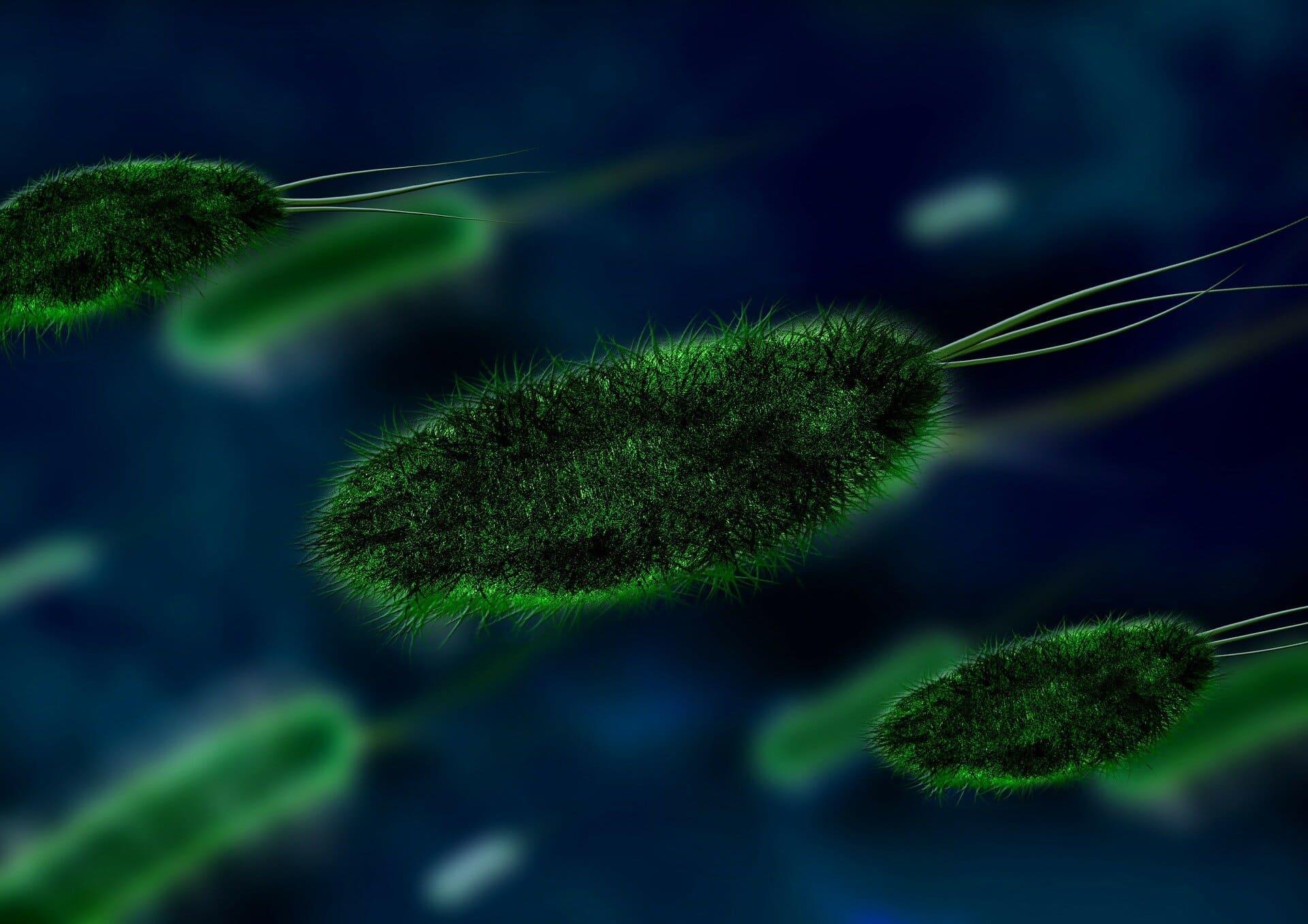KEY TAKEAWAYS
- The ARCADIA phase II trial aimed to determine if plasma EVs & proteomics distinguish responders from non-responders to CABO+DURVA in advanced UC/VH post-platinum chemo patients.
- Early plasma EV dynamics may predict DURVA+CABO outcome. Increased immune marker EVs in responders suggest therapy-induced immune activation.
Extracellular Vesicles (EVs) in liquid biopsy are pivotal for diagnosing, prognosing, and predicting responses/resistances in urothelial carcinoma therapy.
Alessandro Mereu and the team conducted a study that aimed to assess whether plasma EV immune profile, size, and concentration, combined with plasma proteomics, distinguish responders from non-responders in advanced UC or non-UC variant histologies (VH) undergoing cabozantinib (CABO)+ Durvalumab (DURVA) post-platinum chemotherapy.
The study assessed the plasma EV profiles of 40 patients at baseline and during the first reassessment after 2-4 months of therapy. Additionally, baseline samples from 50 patients (40 plus an additional 10) were examined for their predictive potential. EVs were analyzed using modified MACSplex technology (Miltenyi Biotec), flow cytometry, and nanoparticle tracking analysis (NTA). Plasma proteomics (92 analytes, Immune-oncology panel, Olink) were also conducted to identify further response/resistance indicators.
The results demonstrated that single EV markers in baseline samples showed no significant association with response. However, patients with VH histology exhibited a notable enrichment of CD1c and CD14 expressing EVs.
Upon including on-therapy time points in the analysis, an increase in immune markers was observed in the entire case set, including CD14, CD1c, CD2, CD20, CD8, and CD69; EV markers CD9, CD63, and CD81; and platelet markers CD29, CD31, and CD326. This was consistent with the overall distribution of EV markers, which revealed unexpectedly high levels of CD81 and CD8-exposing EVs at baseline, further increasing after therapy initiation.
Moreover, dichotomizing by response revealed a statistically significant increase in immune EVs, predominantly in responding patients. Ongoing analyses include NTA and plasma proteomics.
The study concluded that early plasma EV dynamics could predict the clinical outcome of DURVA plus CABO therapy. The notable increase in immune marker-expressing EVs during the first reassessment in responding patients may result from therapy-induced immune system activation. A thorough analysis of EV profiles, size, and concentration combined with plasma proteomics holds promise for developing predictive/prognostic biomarkers of response, particularly in patients with non-UC variant histologies.
The trial was sponsored by Fondazione IRCCS Istituto Nazionale dei Tumori, Milano.
Source: https://meetings.asco.org/abstracts-presentations/229827
Clinical Trial: https://clinicaltrials.gov/study/NCT03824691
Mereu A, Salsetta J, Lalli L, et al. (2024) ‘’Liquid biopsy as promising source of plasma extracellular vesicle biomarkers of response to cabozantinib (CABO) plus durvalumab (DURVA) in patients with advanced urothelial carcinoma (UC) or non-UC variant histologies (VH) after platinum chemotherapy: The phase 2 ARCADIA trial.’’ Presented at ASCO-GU 2024, J Clin Oncol 42, 2024 (suppl 4; abstr 687). Doi: 10.1200/JCO.2024.42.4_suppl.687.



